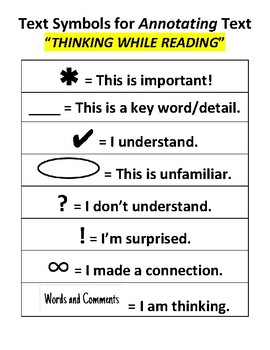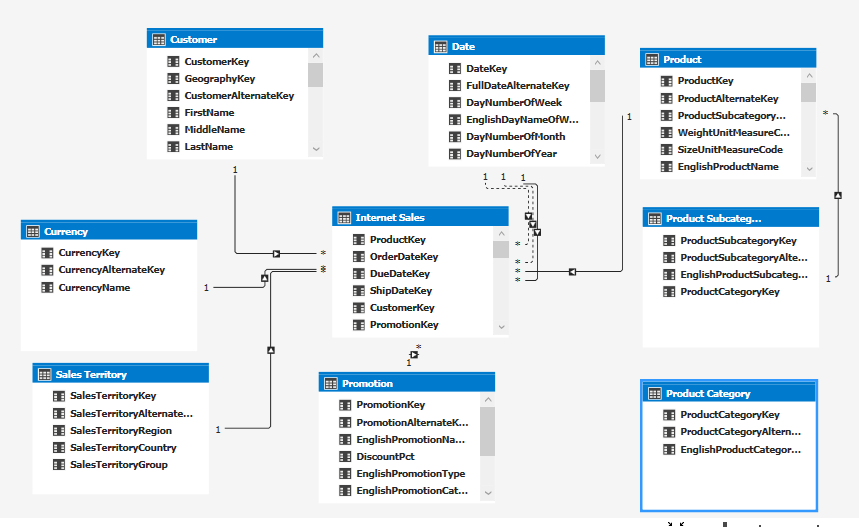
Placing Artist at anchored Axes locations Placing text annotations relative to data Provide as much flexibility in positioning and styling as annotate. Text can also be used for simple text annotation, but does not Axes.annotate also provides an optional arrowįrom the text to the data and this arrow can be styled in various ways. Positioning data and annotations relative to each other and a variety of
ANNOTATIONS MEANING TABULAR OBJECT MODLE FULL
While a list of maps, with its keyed column data, is more precise than a list of lists, we still clutter our step definition with conversion logic.To download the full example code Annotations #Īnnotations are graphical elements, often pieces of text, that explain, addĬontext to, or otherwise highlight some portion of the visualized data.Īnnotate supports a number of coordinate systems for flexibly Given I have the following books in the store with transformer Let's see an example scenario: Scenario: Correct non-zero number of books found by author with transformer
ANNOTATIONS MEANING TABULAR OBJECT MODLE HOW TO
The final (and most rich) mechanism for converting data tables to usable objects is to create a TableTransformer.Ī TableTransformer is an object that instructs Cucumber how to convert a DataTable object to the desired domain object: Then we iterate over each Map object and extract each column value using the column header as the key: So, we supply two String.class arguments because our headers (key) and title and author (values) are all Strings.

The first argument denotes the data type of the key (header) and second indicates the data type of each column value. We use the asMaps method - supplying two String.class arguments - to convert the DataTable argument to a List>. Similar to the list of lists mechanism, Cucumber creates a list containing each row but instead maps the column heading to each column value.Ĭucumber repeats this process for each subsequent row: [ Given I have the following books in the store by map In this case, we must provide a heading for our table: Scenario: Correct non-zero number of books found by author by map

Cucumber provides a list of maps mechanism as a more readable alternative. While a list of lists provides a foundational mechanism for extracting elements from a data table, the step implementation can be cryptic. In our case, we want the title and author to be String values, so we supply String.class:

This Class argument informs the asLists method what data type we expect each element to be. We use the asLists method - supplying a String.class argument - to convert the DataTable argument to a List>. So, Cucumber parses each row into a list containing the book title as the first element and the author as the second: [ When I search for books by author Erik LarsonĬucumber converts the above table into a list of lists by treating each row as a list of the column values. | In the Garden of Beasts | Erik Larson | | The Lion, the Witch and the Wardrobe | C.S. | The Devil in the White City | Erik Larson | Given I have the following books in the store by list

We can create a table without a header to demonstrate: Scenario: Correct non-zero number of books found by author by list The most basic method for handling tabular data is converting the DataTable argument into a list of lists.


 0 kommentar(er)
0 kommentar(er)
